SEO testing for continuous improvement; Friday’s daily brief
Search Engine Land’s daily brief features daily insights, news, tips, and essential bits of wisdom for today’s search marketer. If you would like to read this before the rest of the internet does, sign up here to get it delivered to your inbox daily.
Good morning, Marketers, and I’m not going to lie.
Every time I write the Friday newsletter it takes a lot not to type, “It’s Friday. Friday! Gotta get down on Fri-hi-day-hay. Everyone’s looking forward to the weekend, weekend.” I sing it to myself every Friday newsletter. So there. I sincerely hope you sing it to yourself all day long too.
It makes me think about when this song first came out. It went viral pretty quickly. We all cringe-listened because it wasn’t good but it sure was delightful. If you’ve worked in marketing for a while, there’s a very high chance you’ve been asking how to make some client or company asset “go viral” like this song.
Of course, we know it’s not that simple. There’s a special combination of factors (often completely out of our control) that make phenomenons take off like Rebecca Black’s “Friday.” Search marketing (even PPC) is more about the long game — the testing, the learning period, the slow accumulation of links and content, etc.
But in the end, the slow build is better than the firecracker hit. While the viral song only pops up when I force it on people, what we’re building will continue to serve us, our businesses, and the searchers looking for answers online.
Oh, and I hope your weekend is all partying, partying! Yeah! Fun, fun, fun!
Carolyn Lyden,
Director of Search Content
How to test your content site strategy for continued improvement
Assessing the effectiveness of your content strategy is an integral part of growing your organic visibility as well as furthering your skills as an SEO. Techniques like forecasting can help you estimate the value a piece of content or site change may generate for your business, but failing to record the real-life performance associated with those changes and comparing them with your forecasts may mean that you’re overlooking takeaways that can be used to improve future initiatives.
At SMX Convert, Alexis Sanders, SEO director at Merkle, shared the tactics that she uses to analyze site strategies for continued improvement. While the techniques mostly pertain to content, they can also be applied to other aspects of a site, like user experience.
- Forecasting: Clickthrough rate curve estimates can help you predict incremental traffic lift. “We [calculate] that using the search volume multiplied by the clickthrough rate of our forecasted rank subtracted by our current rank,” Sanders said.
- Case studies: Maintain a record of your internal case studies and links to relevant articles about case studies for initiatives that you may want to attempt in the future. Accumulating all this information will help you get a better idea of how your proposed content may perform.
- Competitive research: Competitors’ rankings, estimated traffic and search volume are going to be the most useful metrics for forecasting. You can use this information to estimate whether you’ll outperform a competitor based on what you’re going to do and your level of authority within the space.
- Pre-reads: Interviewing a small sample of your target audience can help you gather feedback and refine your content, as well as inform you about potential hurdles like readability and accessibility.
- Split testing: Ensure that search engine bots are receiving the experience you want them to. If there is the potential for search engine bots to find one of your alternative experience URLs, it’s best to 302 redirect to the main URL.
How and why you should pause paid search (for science)
With the right structure and parameters, pausing paid search can be an invaluable source of data for PPC professionals.
When it comes to demonstrating return, Sr. Paid Search Analyst at Uproer, John Smith wagers most PPC professionals measure some variation of total revenue over total cost: “If it’s high, we’re doing well. If not, we rethink and rework until we hit the ROAS we want.”
That’s not inherently bad. It’s a quickfire estimate of efficacy, and Smith says he finds himself doing the same thing, but “the problem is that number doesn’t tell us much. It doesn’t tell us if we actually lost money buying users who would have converted anyway. And it doesn’t show what might have happened if we simply didn’t spend.”
Search Shorts: A title tag case study, why no one cares about your content and limiting PPC waste
- Tackling 8,000 title tag rewrites: A case study. Dr. Pete recently dug in to over 50,000 Moz title tags to understand the impact of Google’s rewrite update.
- You want to know the truth about content marketing? Nobody cares about your product or service.
- A new way to approach your PPC personas. Learning from the sales process to limit waste and accelerate ROI.
What We’re Reading: UN says we should cool it on AI that could potentially affect human rights
“The United Nations High Commissioner for Human Rights Michelle Bachelet on Wednesday called for a moratorium on the sale and use of artificial intelligence (AI) systems that threaten human rights until adequate safeguards are in place to ensure the technology will not be abused,” according to Al Jazeera.
The AI in question refers to those that affect “who gets public services and decide who has a chance to be recruited for a job” with the idea that data collection isn’t totally private and can risk discrimination against those online.
But there could be even wider implications for search engines and search marketers if the moratorium were to actually take effect. Bachelet released a report detailing “the risks of AI technologies, and emphasising that while AI can serve as a force for good, it can also cause catastrophic effects if used irresponsibly.”
“The complexity of the data environment, algorithms and models underlying the development and operation of AI systems, as well as intentional secrecy of government and private actors are factors undermining meaningful ways for the public to understand the effects of AI systems on human rights and society,” said the report.
Yes, AI does help search marketers, but Google’s unfettered and undisclosed use of it could potentially be contributing to this discrimination. We’ve seen it before when Google Ads settings allowed advertisers to discriminate against people multiple times.
Will a moratorium actually take effect? Probably not. AI is so ingrained in our technology now. But we could benefit from more transparency around how big tech is using it.
Hat tip to Doug Thomas for the heads up on this news.
The post SEO testing for continuous improvement; Friday’s daily brief appeared first on Search Engine Land.


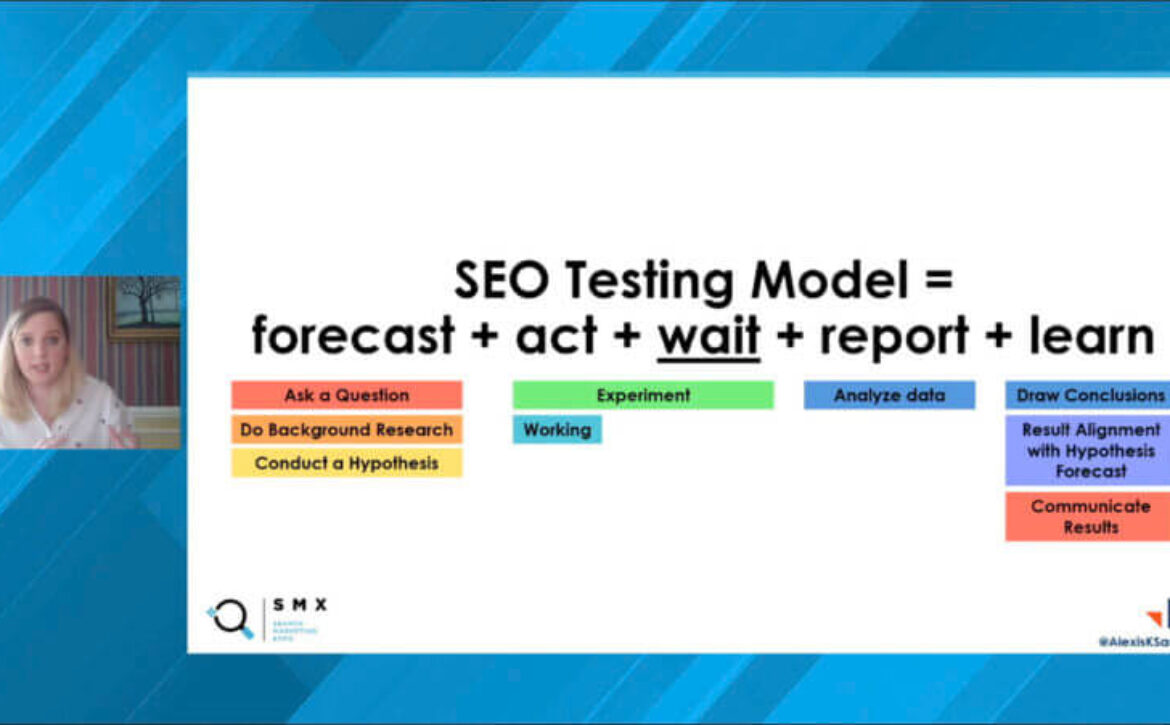
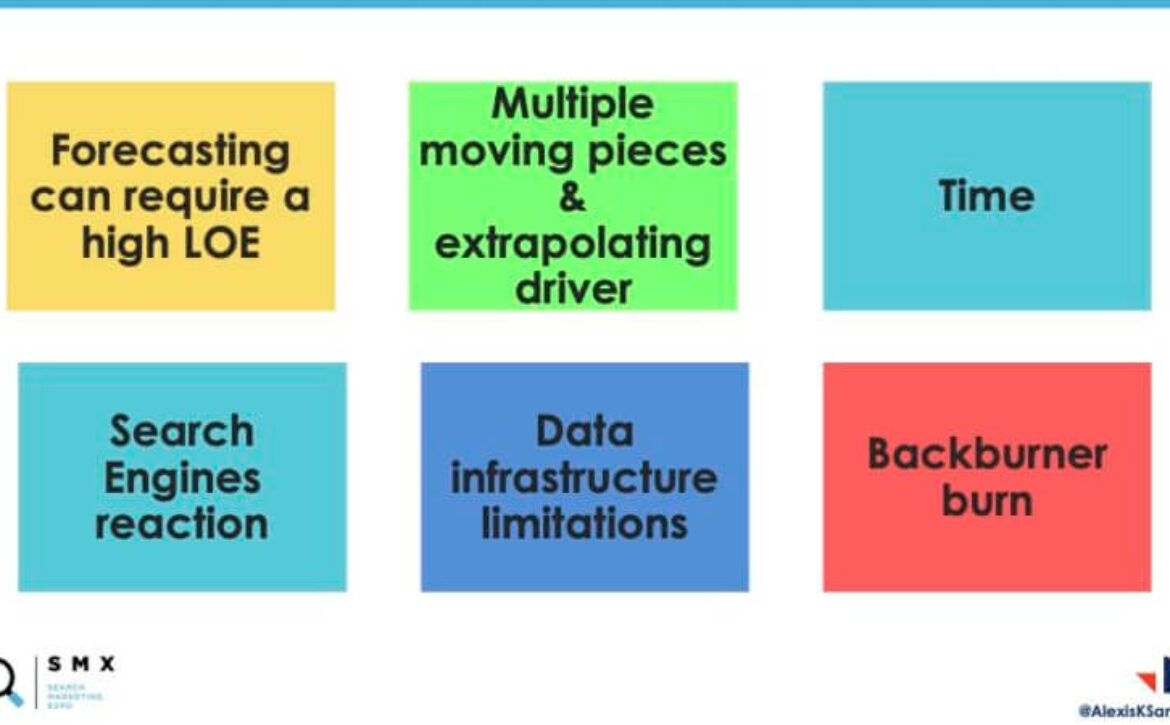

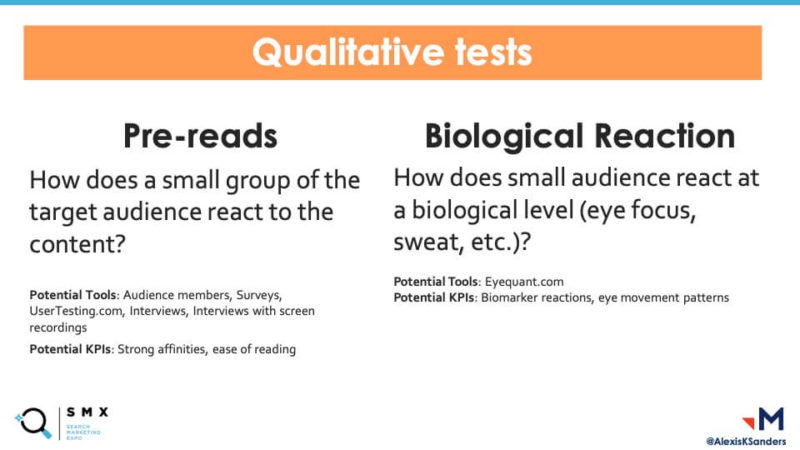
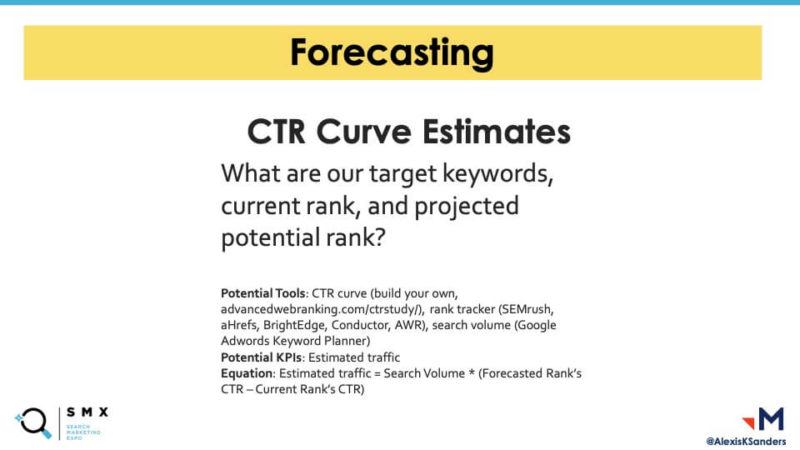




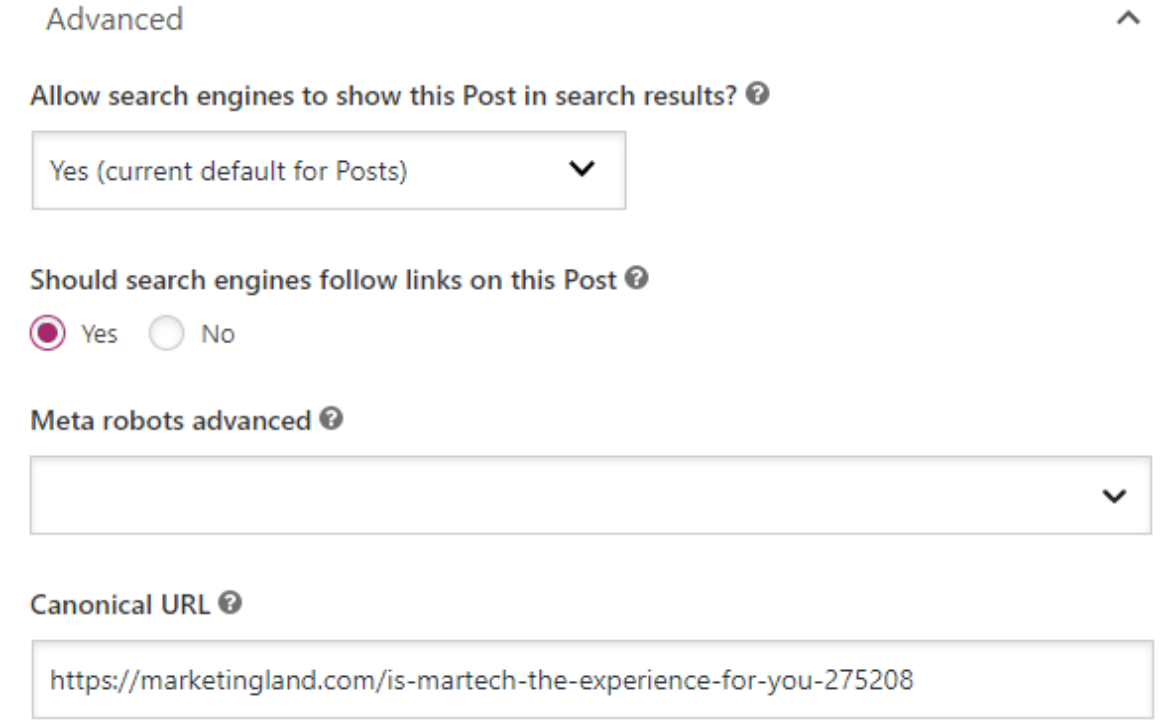

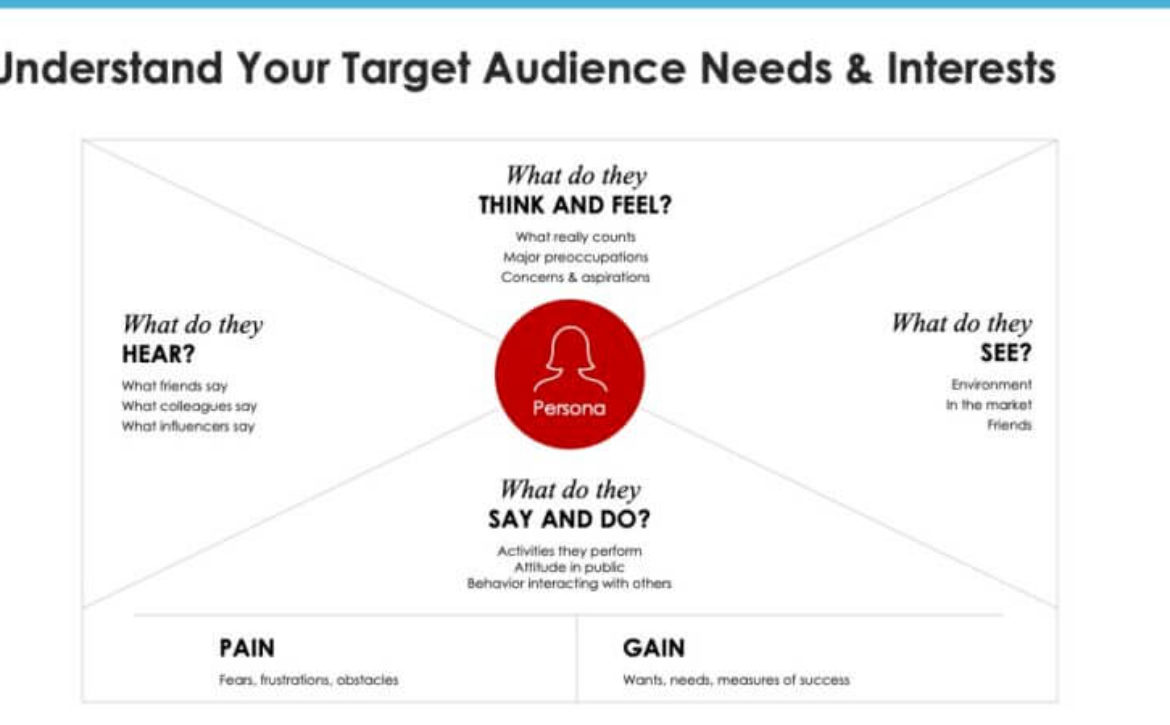
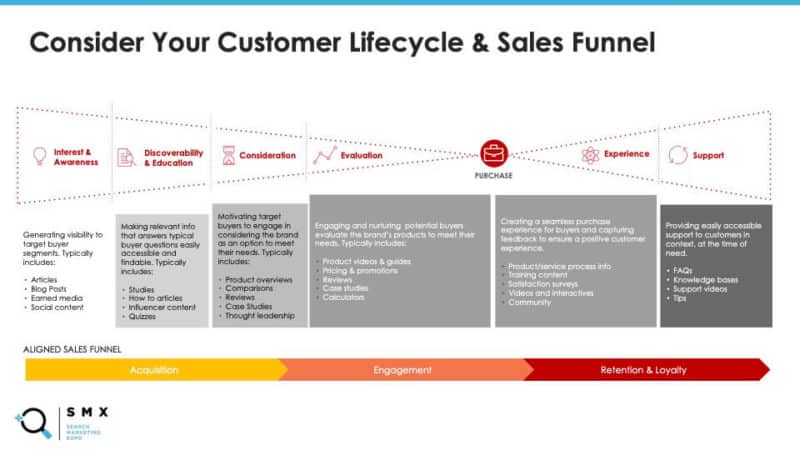
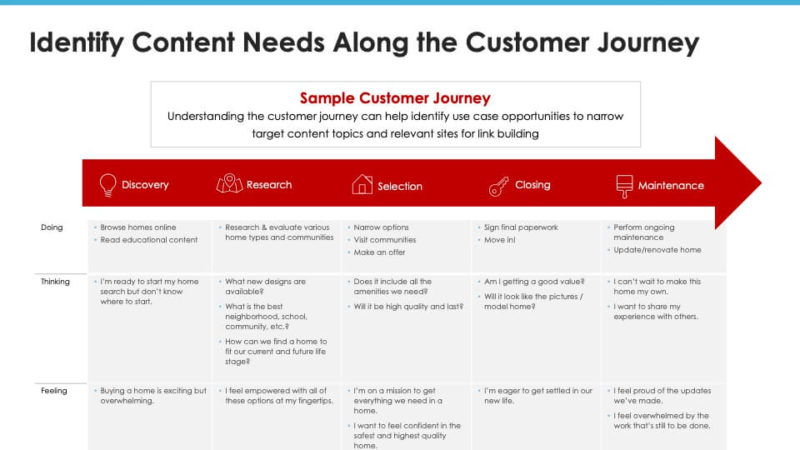
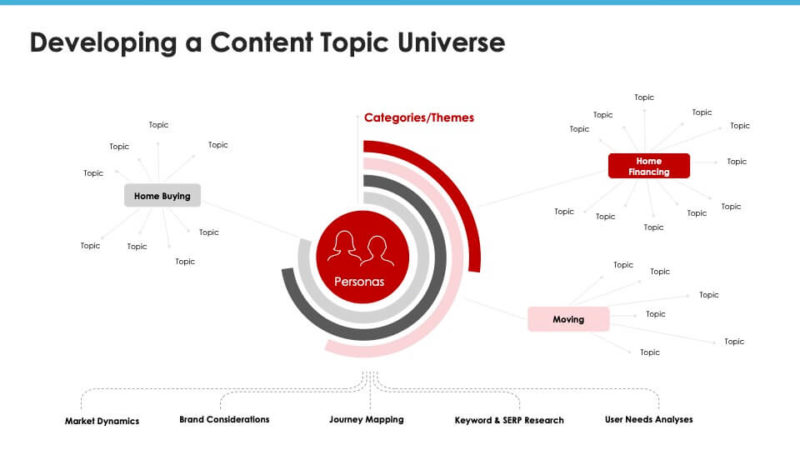
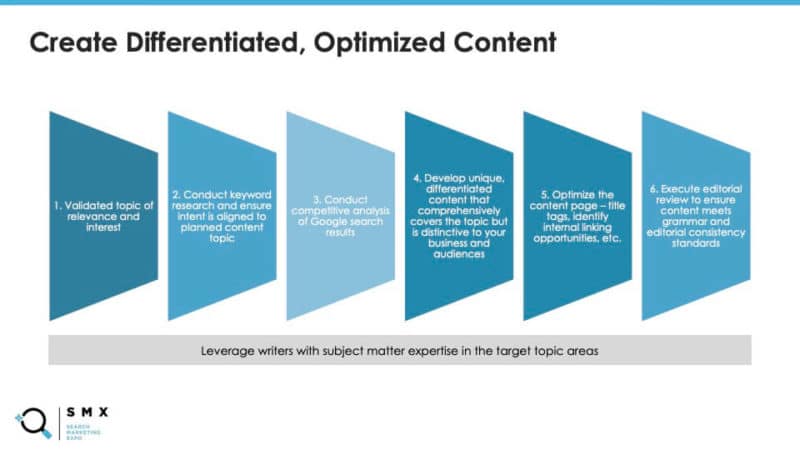


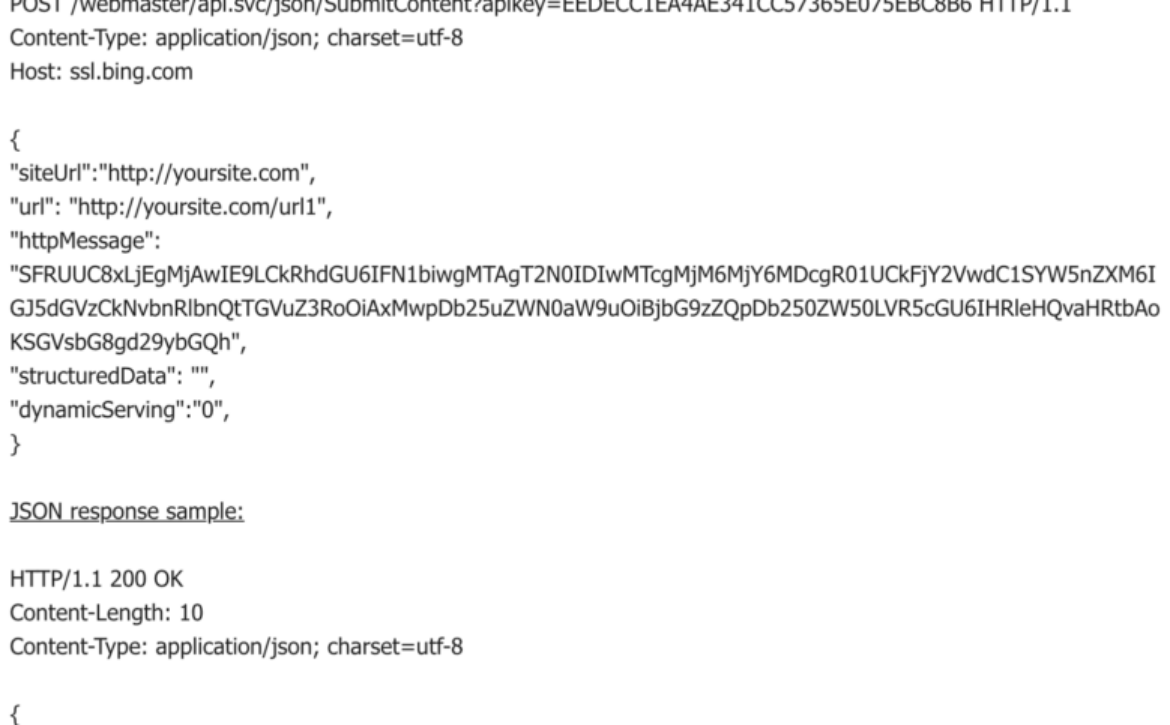
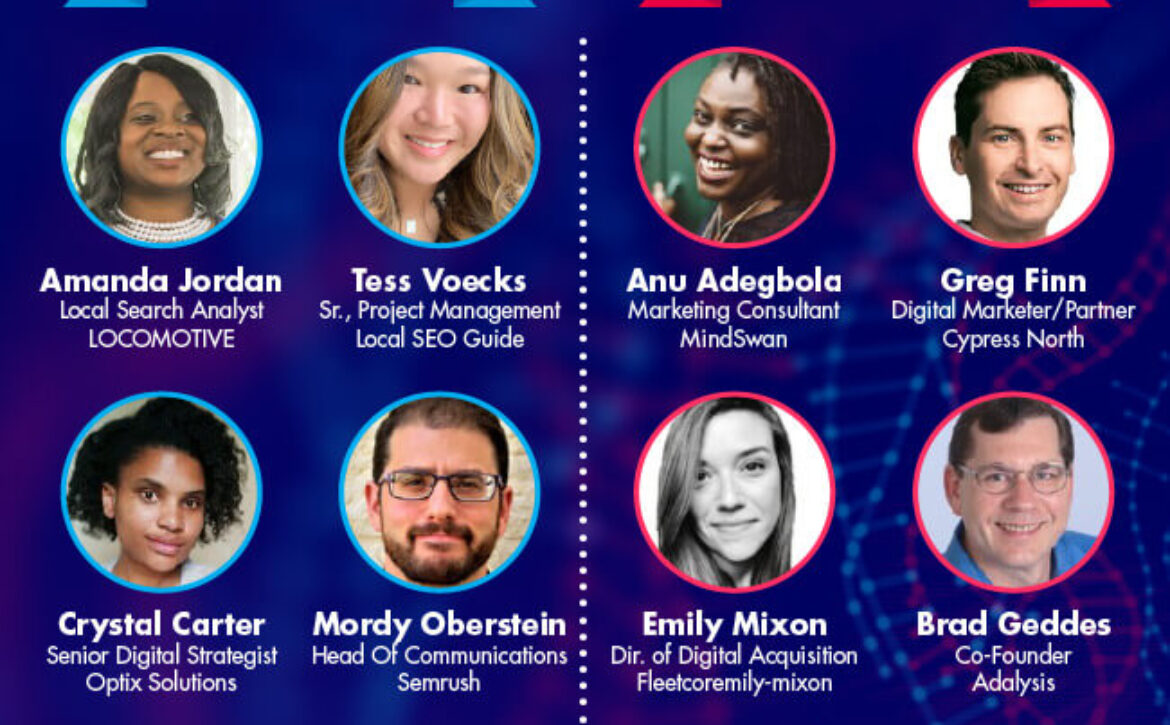
 For me, a successful campaign starts at the end. Yes, you read that right. What I meant by that statement is that for any campaign to be a success, you have to absolutely decide what the measure of success is, and what success looks like for you. Jumping in without clarity often leads to more harm than good for the business.
For me, a successful campaign starts at the end. Yes, you read that right. What I meant by that statement is that for any campaign to be a success, you have to absolutely decide what the measure of success is, and what success looks like for you. Jumping in without clarity often leads to more harm than good for the business. What makes difference in for a good SEO campaign is a clear understanding of the target audience – what you have to offer and what is most genuinely of value to those users. SEO provides a wealth of user data and insights to underpin content, advertising, promotion, and technical improvements. Putting that targeting to good use makes all the difference.
What makes difference in for a good SEO campaign is a clear understanding of the target audience – what you have to offer and what is most genuinely of value to those users. SEO provides a wealth of user data and insights to underpin content, advertising, promotion, and technical improvements. Putting that targeting to good use makes all the difference. My tip for a successful PPC campaign is negative fencing, particularly when you’re in a niche product category, and with all the recent match-type updates and close variants. Crucial to maintaining, and especially improving efficiency, campaigns need to be structured in a way to maintain control of keyword targeting and exclusions in an environment where automation is taking over.
My tip for a successful PPC campaign is negative fencing, particularly when you’re in a niche product category, and with all the recent match-type updates and close variants. Crucial to maintaining, and especially improving efficiency, campaigns need to be structured in a way to maintain control of keyword targeting and exclusions in an environment where automation is taking over. Regarding what I think makes a successful campaign… a few things straight away come to mind: A good structure based on either site structure, performance of keywords, match types (Broad vs. Phrase vs. Exact). Clear indication of testing being done (ad copy, bid strategies, match types, etc). Robust use of different bid strategies (but according to performance not just a one size fits all solution.
Regarding what I think makes a successful campaign… a few things straight away come to mind: A good structure based on either site structure, performance of keywords, match types (Broad vs. Phrase vs. Exact). Clear indication of testing being done (ad copy, bid strategies, match types, etc). Robust use of different bid strategies (but according to performance not just a one size fits all solution. What makes an effective PPC campaign (specifically Google Ads and Microsoft Ads) is a robust structure which allows for ads that are highly tailored to their targeting. The targeting and copy/creative work together, in unison, to help achieve a clearly defined business objective (obtaining leads, sales, customer retention, creating brand awareness). Landing page also plays an important role in the success of a PPC campaign.
What makes an effective PPC campaign (specifically Google Ads and Microsoft Ads) is a robust structure which allows for ads that are highly tailored to their targeting. The targeting and copy/creative work together, in unison, to help achieve a clearly defined business objective (obtaining leads, sales, customer retention, creating brand awareness). Landing page also plays an important role in the success of a PPC campaign.